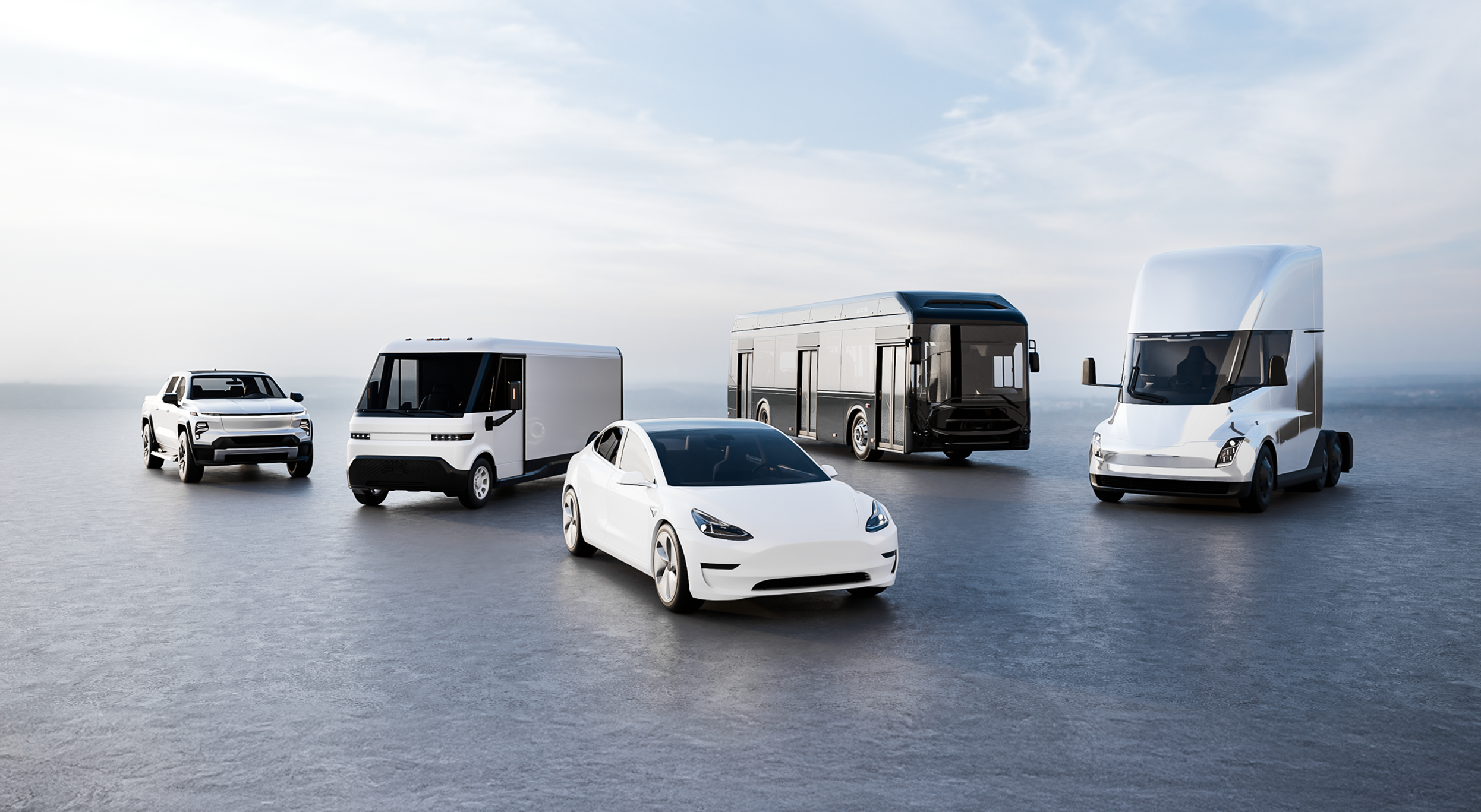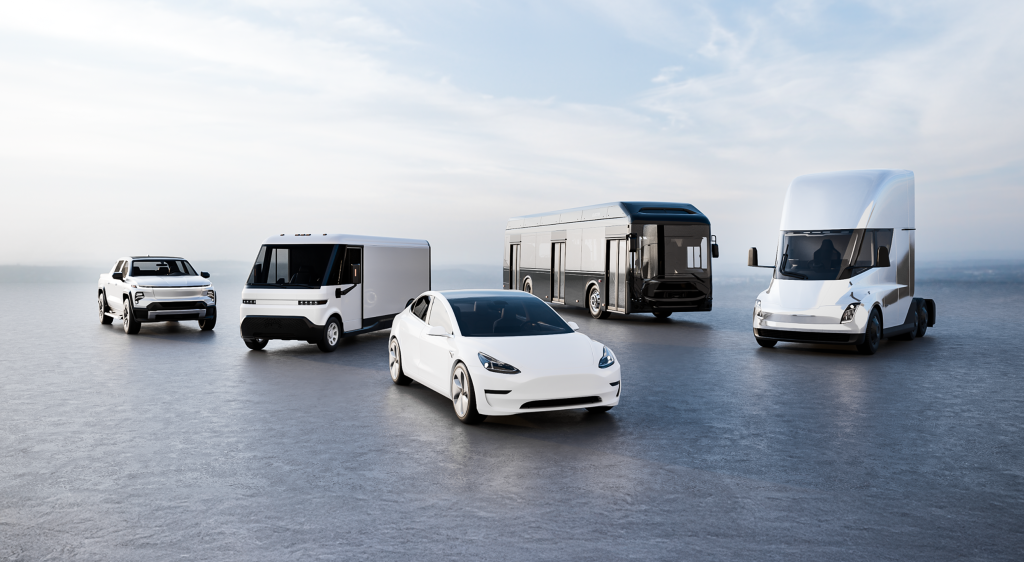What to Do If Your EV Charging Infrastructure is Delayed?



The transition to electric vehicles (EVs) is a critical step toward sustainability, but it’s not without its challenges. One of the most frustrating scenarios businesses face is when their fleet EVs are delivered, but the grid infrastructure needed to charge them is delayed. Without adequate charging capabilities, your new EVs could sit idle, disrupting operations and delaying your return on investment. Fortunately, there are practical steps you can take to bridge the gap and keep your fleet running. In this guide, we’ll explore what to do if your grid is delayed and how L-Charge’s Charging-as-a-Service (CaaS) can serve as a reliable bridge solution.
Before taking action, evaluate the scope of the problem:
While waiting for the grid to catch up, consider implementing temporary charging solutions to keep your fleet operational. Here are some options:
Mobile charging units are portable, self-contained systems that can be deployed quickly to provide power to your EVs. These units are ideal for bridging the gap during grid delays because they don’t rely on fixed infrastructure. Look for providers that offer:
Off-grid charging solutions use alternative energy sources, such as solar panels, battery storage, or generators, to power your EVs. These systems are independent of the utility grid and can be deployed quickly. Benefits include:
If your fleet operates in areas with accessible public charging infrastructure, consider leveraging these networks temporarily. While this may not be a long-term solution, it can help keep your vehicles running while you address the grid delay.
To maximize the efficiency of your temporary charging solutions, implement smart charging strategies:
One of the most effective ways to bridge the gap during a grid delay is to partner with a Charging-as-a-Service (CaaS) provider like L-Charge. CaaS providers offer a hassle-free way to deploy and manage charging infrastructure without the need for upfront investments or lengthy installations. Here’s how L-Charge’s CaaS can help:
L-Charge’s mobile and off-grid charging solutions can be deployed quickly, ensuring your fleet stays operational while you wait for grid upgrades. Their systems are designed to provide fast, reliable charging without the need for fixed infrastructure.
L-Charge’s solutions are powered by clean energy sources, such as liquefied natural gas (LNG) or hydrogen, making them independent of the utility grid. This allows you to bypass grid delays entirely and keep your fleet running smoothly.
Whether you have a small fleet or a large one, L-Charge’s CaaS solutions can be scaled to meet your needs. Their modular systems can be expanded as your fleet grows or as your grid infrastructure is eventually completed.
With L-Charge’s CaaS model, you pay for charging services on a per-use or subscription basis, avoiding the high upfront costs of installing permanent charging infrastructure. This makes it a cost-effective solution for bridging the gap during grid delays.
While temporary solutions like L-Charge’s CaaS can keep your fleet running, it’s important to continue working with your utility provider to resolve the grid delay. Use this time to:
A grid delay doesn’t have to derail your fleet electrification plans. By leveraging temporary charging solutions like mobile units, off-grid stations, and public networks, you can keep your EVs operational while waiting for grid upgrades. Partnering with a Charging-as-a-Service (CaaS) provider like L-Charge offers a seamless and cost-effective way to bridge the gap, ensuring your fleet stays on the road and your business continues to thrive.
With L-Charge’s innovative CaaS solutions, you can overcome grid delays, reduce reliance on traditional infrastructure, and accelerate your transition to a sustainable future. Don’t let grid delays slow you down—take action today and keep your fleet moving forward!